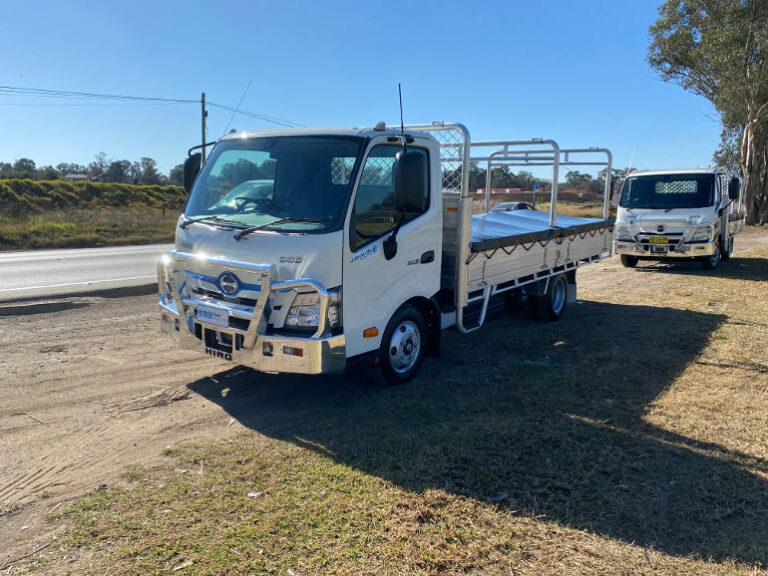Hino launched the first generation of the hybrid electric truck 15 years ago. At the time an environmental movement was gaining momentum and in 2008 diesel prices reached $1.60 per litre which was a record high. The timing felt right to leverage the success of the Toyota Camry hybrid by launching a hybrid electric truck.
There were some early adopters and one of the largest delivery fleets in the country was the biggest buyer. Then the GFC hit and the world changed. Diesel prices returned to normal levels ($1.22 in 2009) and businesses were focused on reducing fleet costs rather than investing in new technologies.
Now, in 2023, Hino are relaunching the electric hybrid with a Built to Go range and more supply, more marketing and more dealer education.
“Rising fuel prices and an increased focus from customers wanting to minimise their environmental impact has seen sales of Australia’s only Hybrid Electric light-duty truck soar,” said Daniel Petrovski, Department Manager – Product Strategy for Hino Australia.
“Not only do our Hybrid Electric models meet Euro 6 exhaust emissions standards, but recent real-world trials comparing the proven Hino Hybrid Electric truck against a traditional diesel equivalent revealed a 22% reduction in fuel use and CO2 emissions,” he continued.
With fuel being one of the largest costs for fleet operators, Hino is keen to prove their claim of a 22% savings. So they invited me for a test drive around Sydney in the electric hybrid truck with a buddy following in equivalent diesel version.
I wasn’t skeptical because I’ve experienced the fuel savings available with hybrid passenger vehicles. On the test drive (which simulated the daily routine of a delivery driver covering 55,000 km per annum) I achieved a fuel saving of 24%.
So it does work, but could the savings in fuel offset the extra $16k difference in List Price?
Well, it depends on your motivations. If it’s based on the capital expense (List Price gap – used value + finance costs) the calculations favour the diesel. If you’re looking at the operational costs (fuel + maintenance) than the hybrid electric wins.
When you combine the two using a Whole of Life Cost calculation, the diesel comes out cheaper to own over five years travelling an estimated 200,000km. Though feedback from the used truck market suggests the residual values on the hybrid electric are increasing because of the opportunity to save more on fuel. This will make the WOLC numbers look a lot closer.
Not all motivations are financial and the desire to reduce transport emissions within government and publicly listed fleets is overriding the initial price premium for low and zero emission vehicles. This is the sweet spot for the Hino hybrid electric that also comes with active and passive safety features found in most passenger vehicles.
The team at Hino Australia are pushing the benefits of hybrid after a decade in the wilderness. They acknowledge the other solutions that can reduce transport emissions (many are available from Hino in other markets) though point out the practicality of a powertrain that doesn’t require to be plugged in, and can still contribute towards the goal of emission reductions immediately.






